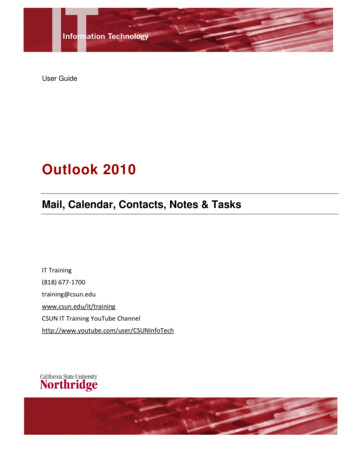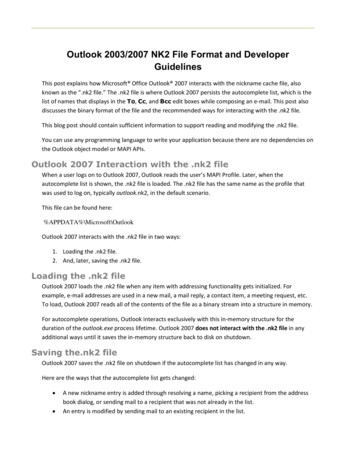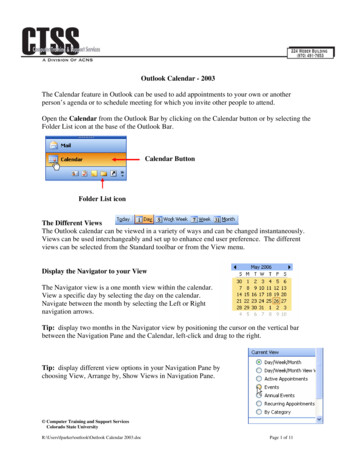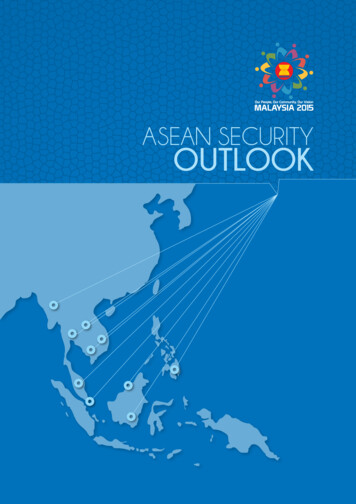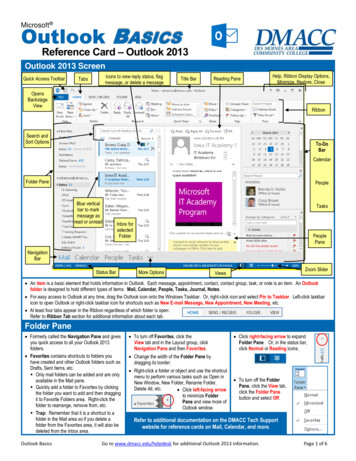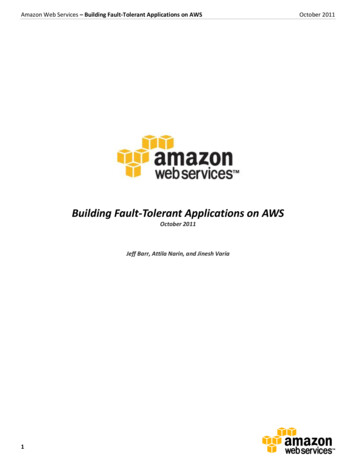
Transcription
Market StrategyOutlookDon’t overdo virus worriesBen Laidlerbenla@etoro.comNovember 29, 2021
Disclaimer"eToro is a multi-asset platform which offers both investing in stocks and digital assets, as well as trading CFDs.Please note that CFDs are complex instruments and come with a high risk of losing money rapidly due to leverage. 68% of retail investoraccounts lose money when trading CFDs with this provider. You should consider whether you understand how CFDs work, and whether youcan afford to take the high risk of losing your money.This is a marketing communication and should not be taken as investment advice, personal recommendation, or an offer of, or solicitation to buy or sell,any financial instruments. This material has been prepared without taking into account any particular recipient’s investment objectives or financialsituation, and has not been prepared in accordance with the legal and regulatory requirements to promote independent research. Any references to pastor future performance of a financial instrument, index or a packaged investment product are not, and should not be taken as, a reliable indicator of futureresults. eToro makes no representation and assumes no liability as to the accuracy or completeness of the content of this publication, which has beenprepared utilising publicly available information."2
Summary: virus fears return; don’t overdo themVirus worries are back - don’t overdo themEquities survived Fed rate hike repricing and we think are ever-more resilientto new virus concerns. Upside to 5,050 S&P 500 target for 2022 (-) Virus winter ‘fourth wave’. Stoking growth concern(-) Delays economic reopening and spreads uncertainty( ) Resilient to market pricing 3x Fed rate hikes in 2022( ) Supply chain inflation worries are past peak levelsRemain focused on upside from resilient growth. US Q4 GDP 8.6% Favors reflation assets: cyclical equities (financials, commodities,industrials), commodities, crypto, small caps, and valueCautious on fixed income, USD, and defensive equitiesVirus investments: Reopeners, ‘big-tech’, and @Vaccine-Med See out-of-favour ‘Reopeners’. @TravelKit. Also ‘new’ defensives bigtech. Don’t chase ‘Work-from-home’ where expectations are highSee ‘Catch 22’ Year ahead recorded webinarsSource: CD Consumer Discretionary. CO Communications. CS Consumer Staples. EN Energy. FN Financials.HC Healthcare. ID Industrials. IT Information Technology. MT Materials. RE Real Estate. UT Utilities.Past performance is not an indication of future results.3
Performance: markets well-supported. 3 driversMarkets hit by new virus concerns, but resilient to the Fed Santa rally came early. Don’t overdo Omicron uncertainty Markets increasingly resilient to each virus wave Market resilience to Fed repricing (but ARKK not) Stronger USD hurting EM and commoditiesWhat to watch into year end, even with market rate hike concerns Growth re-accelerating in US to 8.6% in Q4 from weak 2% in Q3Event risk from Federal funding/shutdown risk (Dec. 3) and needto raise debt ceiling/default risk (Dec. 15).November/December seasonality is the best of the yearSupports from new retail investors and record share buybacksUS among the best performing major markets this year US equities beaten only by Canada, Sweden, India, andNetherlands. China (policy intervention and growth slowdown)and Brazil (politics) the worst performers.4Past performance is not an indication of future results.
Macro: the virus ‘fourth wave’ in contextVirus ‘fourth wave’ is underway, but economies to be resilient A ‘fourth wave’ of global virus cases is underway, and new‘Omicron’ variant sowing fear. This will dampen but not derail theeconomic re-acceleration that was underway, and depress‘reopening’ stock themes from travel to tourism.Economies, consumers, companies increasingly resilient to eachnew wave. Whilst expectations are already low for many reopeningsegments. ‘Zero-tolerance’ areas like China could be hurt most.Look for opportunities in ‘Re-openers’ amongst the sell off Looking for opportunities in ‘reopeners’ basket (airlines, cruises,hotels, gaming, car hire, live entertainment). Has laggedwork-from-home (e-commerce, cloud, data centres, gaming, homeimprovement) by 75%, and earnings are still 65% belowpre-crisis. See @TravelKit. Risk/reward is attractive.Safer havens in ‘new defensives’ big-tech and @Vaccine-MedWork-from-home (WFH) risk-reward is different. Profits are 40%higher than pre-crisis and valuations above market. Makesvulnerable to any bad news. See PTON, ZM, ATVI miss reactions.Past performance is not an indication of future results.5
Macro: The 2022 outlook and the Fed ‘stress-test’Economic outlook: Still-strong-growth and reflation Economic scenario of still high growth, a slow interest rate lift-off,and less inflation worry. US and global GDP growth will naturallyslow but remain well-above long term average levels. This issupported by re-opening economies and very low interest rates.These rates will be rising with the Fed to hike interest rates twicenext year starting in June. But these are still very low rates, and theincrease will only be gradual. The pace will depend on inflation.Inflation pressures to ease as pace of the economic rebound slows, andsupply chains adjust.Surviving the Fed ‘stress-test’: Interest expectations have moved a lot Equities passed big stress-test so far, with recent sharp repricingof Fed interest rate hike expectations. S&P 500 is up 9% thisquarter even as investors moved to now price in 3 rate hikes nextyear. But below surface not all been rosy (or complacent).The hit been on ‘disruptive tech’, with highest valuation andequity funding needs. ARK Innovation (ARKK) -15% from recenthigh. Similar to the shakeout during the Q1 bond yield ‘tantrum’.Past performance is not an indication of future results.6
Inflation: Worst-over for supply chains. Forecasts restrainedSupply chains are starting to heal, reducing inflation risks We see signs of supply chains starting to adjust tounprecedented levels of demand and specific dislocations seenthis year.Our supply chain ‘pain’ index is -20% from October highs onlower computer chip, freight, and energy prices. This likelybroadens next year as supply chains adjust, easing inflationworries.Should help retail (@ShoppingCart) and auto (@ChinaCar) sectors,and start to ease the tailwinds to container and bulk shippingcarriers like Maersk (MAERSKB.COM) and Zim (ZIM).More broadly, long term inflation expectations are well-behaved 5-year market inflation expectations are 2.3%, and well within theFed’s 2% ‘average’ inflation target.A significant further rise would pressure the Fed to move faster but this is already well priced. Continued current levels may see apositive surprise of fewer or slower hikesPast performance is not an indication of future results.7
Valuations & Earnings: high valuations and high profitabilityHigh valuations supported by rising profits, low bond yields, ‘big tech’ Market rebound has kept US equity valuations very high, at around22x forward P/E ratio, despite rising earningsFalling valuations remains the biggest market risk, and why wefocus so much on earnings (as the best ‘insurance policy’)Partly mitigated by 1) still rising profits, 2) lower-for-longer bondyields, and 3) long term rise of the high profitability tech sectorOther market segments are significantly cheaper though, such asinternational equities and the financials sectorSustained high corporate profit margins is a key assumption S&P 500 net profit margins remain at an all-time-high 13%,supported by tech (XLF) and real estate (XLRE). Revenue growthhas more than offset rising cost pressures. Similar in Europe, withall-time-high 11% profit margins.These cost-pressures may be beginning to peak. See our supplychain ‘pain’ index. We track producer prices minus consumerprices as a margin pressure proct (see chart). Peak margins alongwith peak pressures.Past performance is not an indication of future results.8
Sectors: ‘cyclicals’ are the top picks for 2022Sector outlook for 2022. Best risk/reward in ‘cyclicals’ Cyclicals, like energy (XLE) and industrials offer the bestrisk/reward of strong earnings growth and low valuations.Financials (XLF), the 2nd cheapest sector, earnings estimates areunderstated‘Big-tech are the new defensives, with resilient growth andfortress balance sheets and reasonable valuations in that context.See @FourHorsemenTraditional ‘bond proxy’ defensives, like utilities and consumerstaples, have limited growth and risks of rising bond yields. Somelike healthcare have become very cheap and resilient in a sell off.Global equity market valuations in context Russia perennially cheapest world equity market, on highcommodities exposure and governance risks. Brazil now cheapestafter poor 2021 performance and upcoming election risks. UK alsohuguely derated on post Brexit growth outlook.US now 3rd most expensive major equity market. See valuationssupported by low bond yields and large tech weighting.Past performance is not an indication of future results.9
Conglomerates: rise of the ‘new’ conglomeratesSeeing accelerated conglomerate breakups Announced breakups by GE (GE), Johnson & Johnson (JNJ) andJapan’s Toshiba highlight for many the ‘death of theconglomerate’. We are not so sure.Spin-offs have not performed well (see chart) which is a surpriseto the consensus narrative.Berkshire Hathaway (BRK) performance has been unimpressive forthe past decade, but it remains the largest non-tech US stock,and has a strong longer term record.But rise of the ‘new’ conglomerates, big tech and private equity ‘Big-tech’ is looking more-and-more like conglomerates, seealphabet (GOOGL) structure and the new META structure forFacebook.Whilst private equity may also be ‘new conglomerates’, and with 3 trillion to invest. Different, yes. dead, no.Past performance is not an indication of future results.10
Commodities: Oil mistake and more expensive breakfastCovid fears hit prices, after US oil plan backfires. See OPEC response Omicrom stokes demand fears. OPEC room to adjust supply.US and others strategic petroleum reserve oil sales backfired.Seen as short-term and desperate, with little follow-through giventhe small SPR’s (see chart) and use-case for ‘real’ emergencies.Demand recovering and new oil investment fraction low. This is arecipe for high-for-longer prices, helping XLE and OilWorldWide.Rise in ‘Breakfast’ commodities a problem for many 55% surge in ‘breakfast’ cost index outpacing commodity rally andpiling cost pressures on many. Boosting inflation and interestrates, in emerging markets (EM) especially.Worse may be to come, with La Nina weather disruption forecastand could hit key LatAm producers. Ag ‘producers’ from Deere (D)to Mosaic (MOS) benefitting and ‘users’ like Kraft (KHC) suffering.Commodities are in a rare ‘sweet spot’ After 10-year underperformance, in sweet spot of reboundingdemand, tight supply, and higher investment demand (inflation)Past performance is not an indication of future results.11
Currencies: dollar rally acceleratedRepricing of interest rate and ‘safer haven’ boosted USD USD rising as inflation forces market to price three rate hikes nextyear. GBP and CAD in similar position.Whilst those seen as to only raise interest rate later, such as EUR,CHF, and JPY, remain under relative pressure‘Safer-haven’ 4th-virus wave boosted USD and JPY hurt EURStronger USD hurts EM, commodities, and tech A stronger USD hurts emerging markets (EEM), by increasing USDfinancing and debt pressuresAlso commodities (DJP), which are priced in USD and becomemore expensive for buyers (as well as related assets like Australia)US sectors, like IT (XLK), with 57% of sales from overseasEquity market exposure to local currency moves vary dramatically Stronger local currencies would hurt global and lower marginEuropean (EZU) companies. Over 50% UK and European corporatesales are from abroad. Switzerland, Sweden, Netherlands most.Largest economies: US, China, Japan among the least impactedPast performance is not an indication of future results.12
Crypto: modest pullback on global risk-offCrypto pullback exacerbated by global ‘risk-off’ move Concerns ranged from India draft law banning crypto ownership,to Mt. Gox sales, and Biden Infra. Bill widening of tax reportingRecent developments - taproot upgrade, inflation credibility, and ETF November ‘taproot’ upgrade boosted efficiency (lower fees andbetter smart contract functionality) and privacy.BTC as inflation hedge. Rallied as inflation expectations rose.Sapping traditional gold demand.Launch, and strong fundraising, of bitcoin futures ETFsInstitutional crypto adoption barely started. To be led by two drivers:1.2.By far highest risk-adjusted returns of any asset. Adjusting forhuge volatility crypto-assets still outpace equities near 5xCorrelation with other assets very low. Can be added to adiversified portfolio and reduces risk, despite volatilitySee related smart portfolios: @CryptoPortfolio, @DeFiPortfolio. Manyconsidering ‘equity-proxies’ like RIOT, MARA, and MSTRPast performance is not an indication of future results.13
fortress balance sheets and reasonable valuations in that context. See @FourHorsemen Traditional 'bond proxy' defensives, like utilities and consumer staples, have limited growth and risks of rising bond yields. Some like healthcare have become very cheap and resilient in a sell off. Global equity market valuations in context
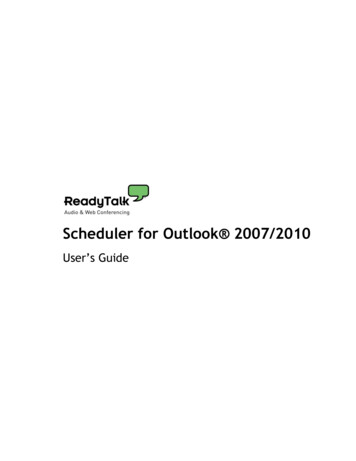
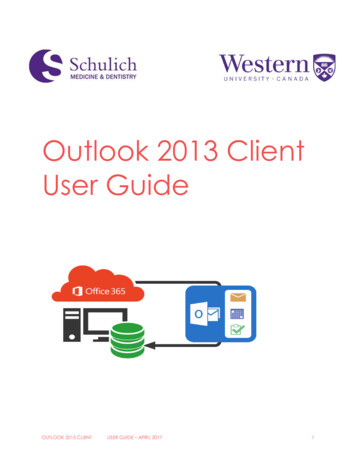

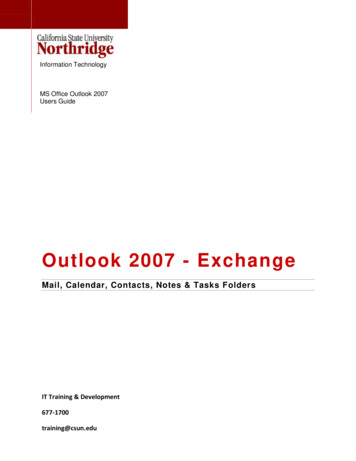
![Index [beckassets.blob.core.windows ]](/img/66/30639857-1119689333-14.jpg)

